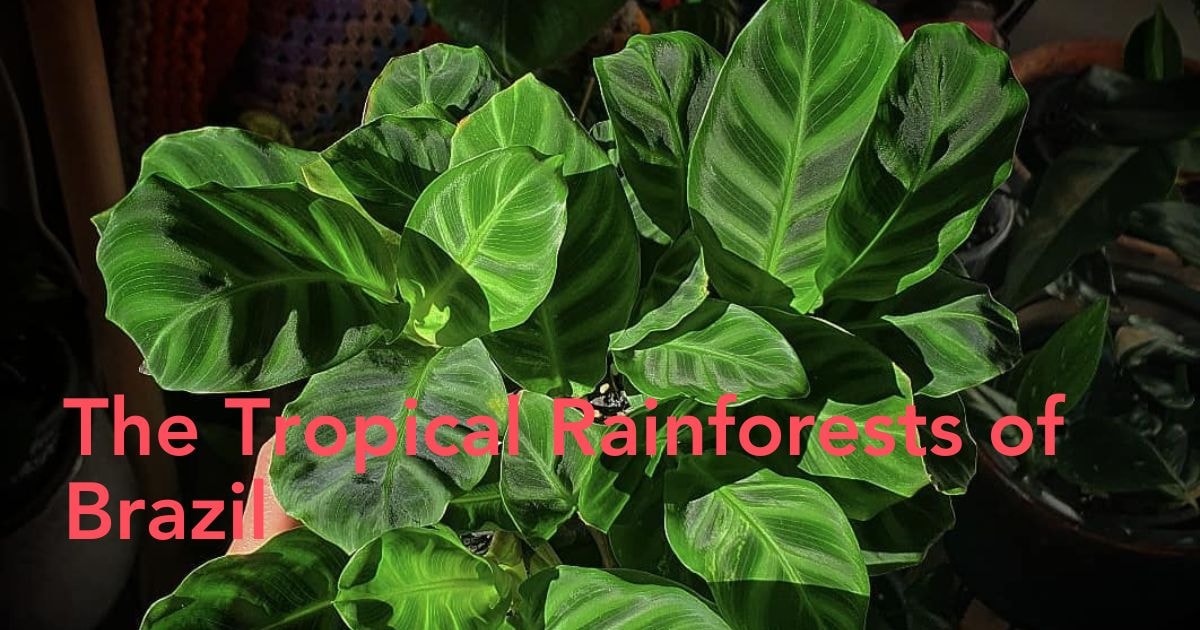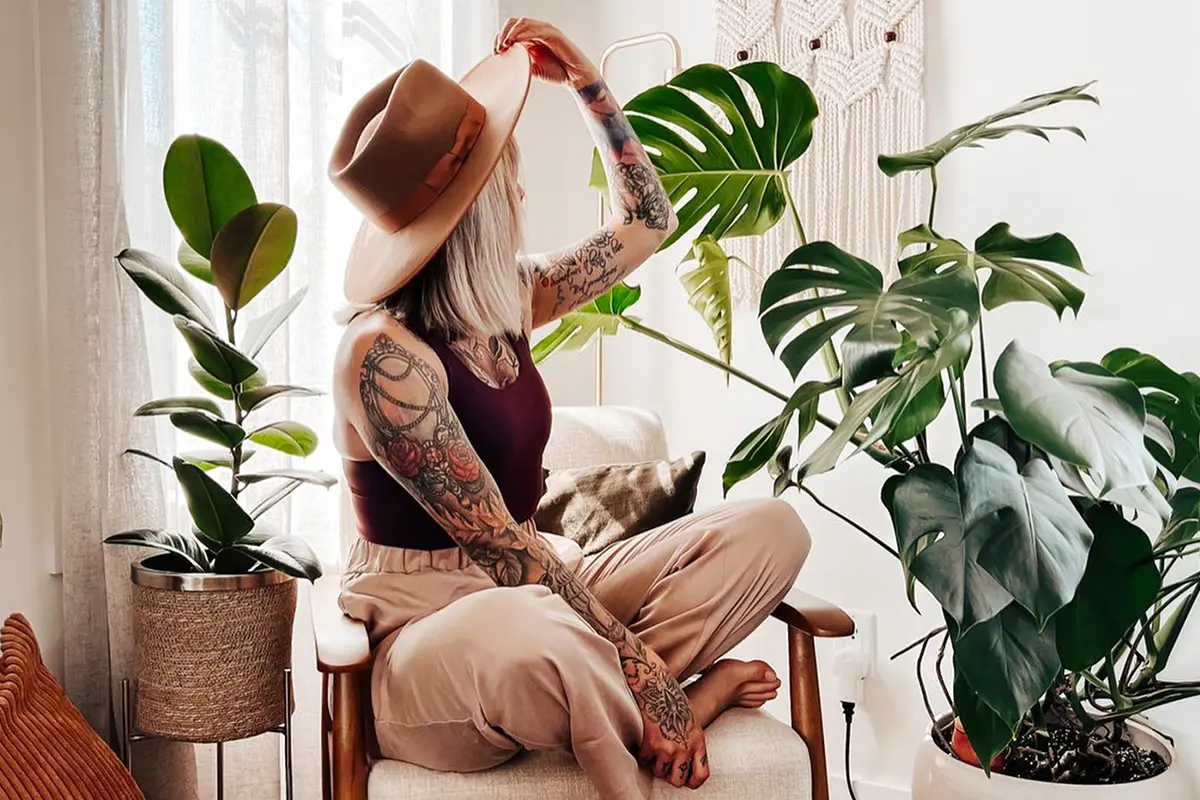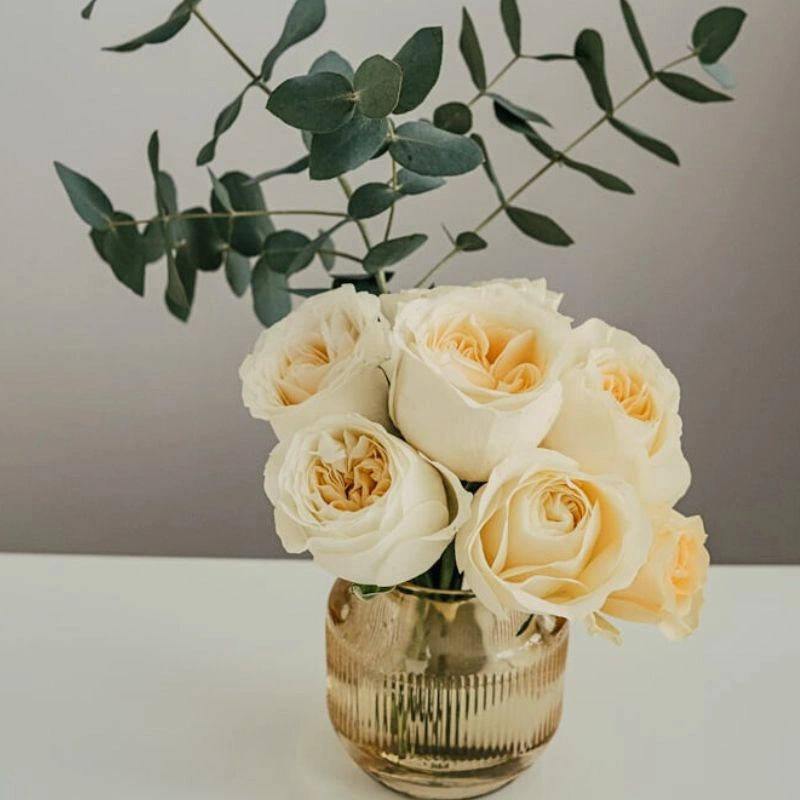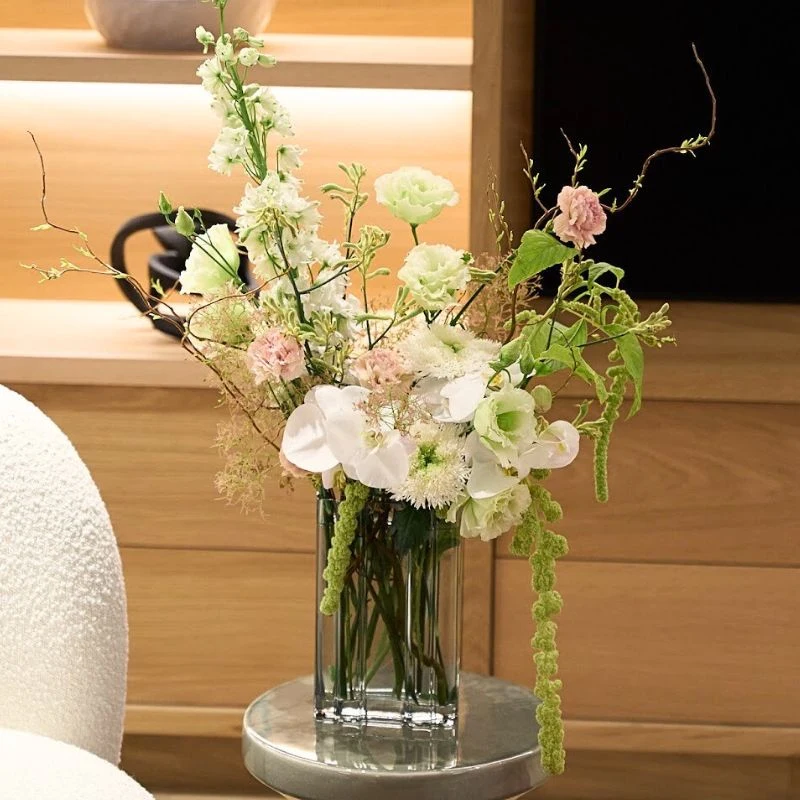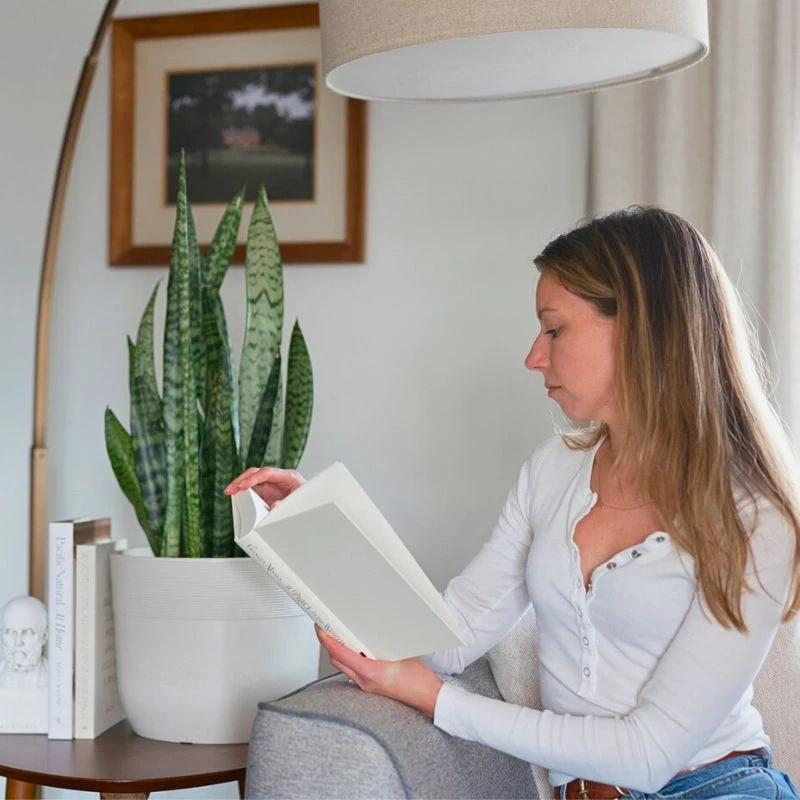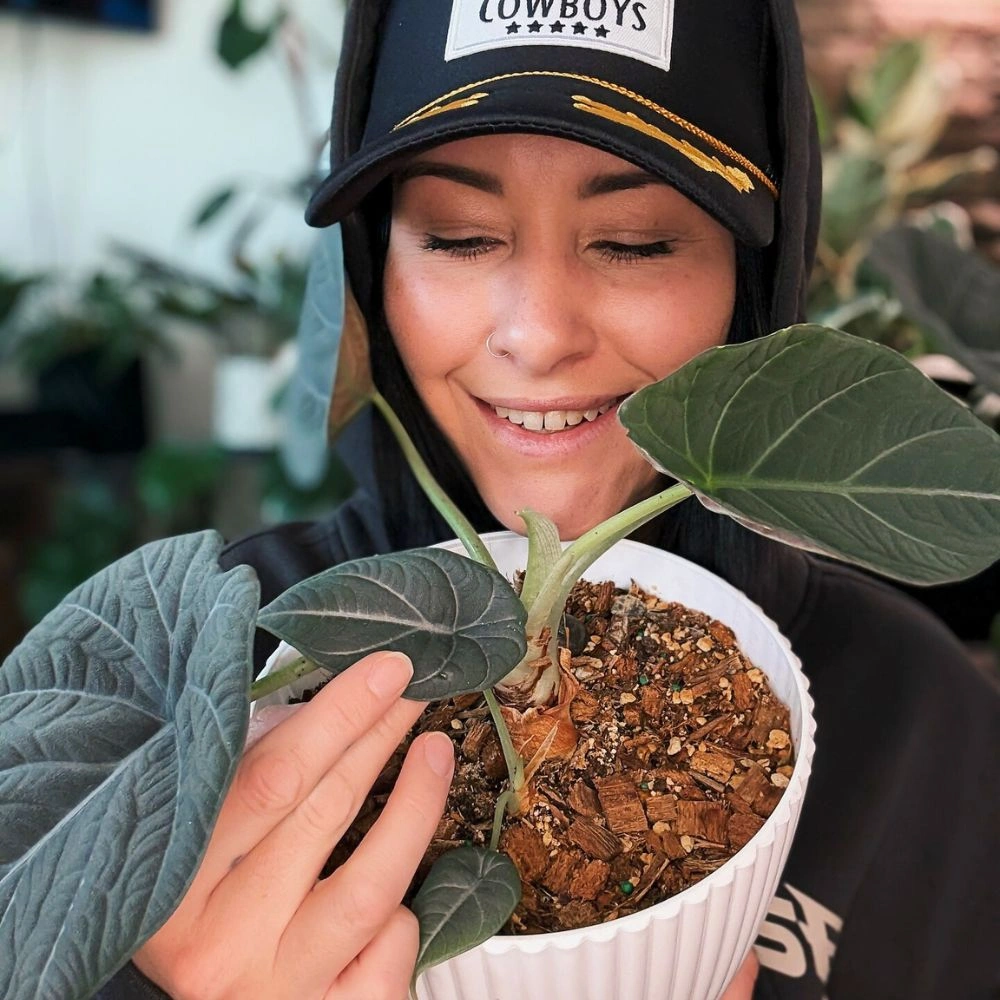Calathea zebrina - also referred to by its botanical name, Geoppertia zebrina,is a breathtaking member of the arrowroot family (Marantaceae), revered for its bold, striped foliage and dramatic presence. Commonly called the zebra plant, this beloved houseplant hails from the tropical rainforests of Brazil and is native to climates characterized by high humidity and gentle, filtered light.
Indeed, many enthusiasts classify it as a prayer plant owing to the entrancing way its leaves lift upward at night, resembling prayer hands. As an ornamental houseplant, Calathea zebrina possesses a magnetic allure that has garnered admiration among collectors, interior designers, and floral connoisseurs worldwide.

Finding Its Historical Love in the Rainforests - Calathea Zebrina
Throughout its long history of cultivation, calathea has served as a symbol of renewal and vitality. In local communities of South and Central America, the zebra plant was often considered a harbinger of prosperity, thanks to its graceful growth and leaf movement.
This plant can flourish in various USDA zones when given conditions that echo its natural habitat; however, zones 10-11 fit it best. This species not only stands out for its exquisite striping, but also for its clumping habit, which fills spaces with lush foliage. Its exceptional growing habits have also gained Calathea zebrina recognition within the Royal Horticultural Society's Award of Garden Merit. Over the centuries, horticulturists and botanical explorers have marveled at how its leaves fold in the evening, fueling its longstanding association with positivity and good fortune.

Defining the Zebra Plant's Appearance - Stripes That Impress
The showy leaves of Calathea zebrina captivate with dark green and lime green stripes, creating a painterly effect that underscores why it's often referred to as the zebra plant. Under ideal conditions, it can reach a substantial height of up to 1 meter in length (3 feet tall), producing broad, velvety leaves arranged in beautiful basal rosettes.
Though grown primarily for its foliage, this houseplant may occasionally reward you with subtle purple flowers, though these flowers are not the main event. Instead, it's the foliage, sumptuous in texture, dramatic in coloration, that stands as the primary allure, bestowing a luxuriant, tropical vibe upon any indoor garden.

Where Calathea Zebrina Thrives - A Glimpse of Its Natural Habitat
In the wild, Calathea zebrina inhabits shady forest floors, protected from harsh rays by the canopy above. Because it is native to such humid, low-light environments, it appreciates gentle, indirect light indoors. Prolonged exposure to direct sunlight can cause leaves to turn brown or lose their vibrancy.
Likewise, sudden temperature changes and cold drafts threaten the plant's well-being. Ensuring steady indoor temperatures between 18°C and 24°C (65°F to 80°F ideally) will help your zebra plant remain robust, while maintaining moderate to high humidity levels wards off leaf damage, such as brown tips or leaf curling.

Light Requirements for the Zebra Plant
Although Calathea species can tolerate dappled or indirect sunlight, direct, unfiltered rays often scorch the leaves. If you notice scorched or brown patches, move the zebra plant a bit farther from windows that transmit intense light.
Meanwhile, setting it near a curtained window can foster ideal brightness. Keep in mind that too little light may slow growth, but a balance of gentle illumination prevents overstress and preserves those stripes.

Crafting the Perfect Soil for Calathea Zebrina
To flourish, your Calathea zebrina requires well-draining soil that remains moist without becoming waterlogged. A suitable mixture might combine high-quality potting mix with materials like perlite, bark, or coco coir. This encourages good drainage, preventing excess moisture accumulation that leads to root rot.
Adding a small proportion of African violet potting mix can enhance nutrients and texture, so long as the overall substrate remains well-draining. Periodically check your pot's drainage holes to ensure no blockages are there, as clogged openings can result in wet soil.

Keep Soil Consistently Moist for Healthy Zebra Plant
Aim to keep the soil consistently moist, but never soggy, by watering when the top inch of the potting soil begins to dry. In warmer seasons, you might water more frequently, ensuring you avoid oversaturation. In the cooler winter months, when this houseplant slows its growth, reduce watering intervals.
Watch out for signs of trouble: drooping or curling leaves can indicate improper watering, while too much water can spur root rot. Always empty excess runoff from saucers or trays, and use a pot with adequate holes so moisture does not linger at the root ball.
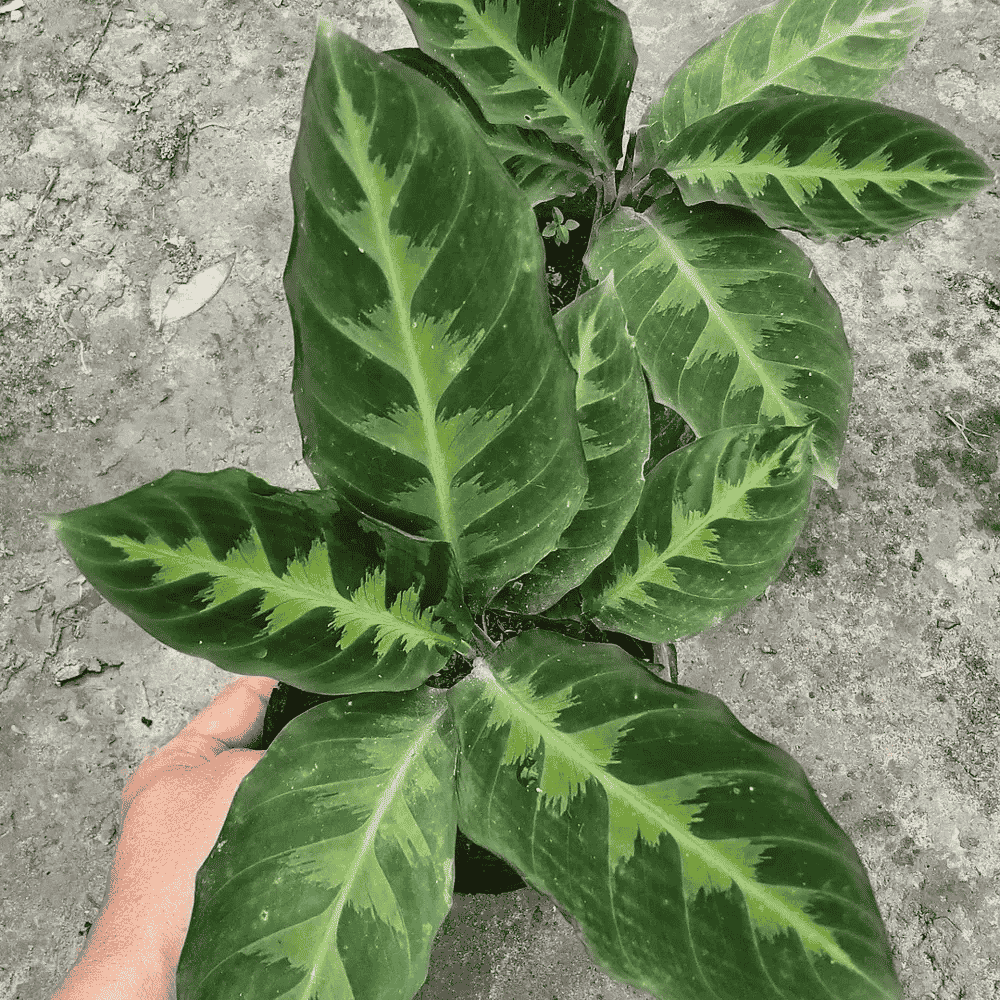
Fertilizing Strategy to Boost Zebra Plant Growth
During the active growing season, it's wise to fertilize zebra plants with a balanced liquid fertilizer once a month. Applying too much fertilizer can scorch delicate roots and stems, so dilute it if your zebra plant appears sensitive.
Adjust feeding intervals based on visible growth: if the foliage remains robust and vividly patterned, a monthly schedule may suffice. Should you see browning edges or stunted growth, reconsider the dosage or frequency. Gradual, consistent feeding generally supports strong, healthy leaves.

Sustaining Tropical Forest Conditions to Match Temperature and Humidity
Keeping your Calathea zebrina thriving requires keeping a keen eye on temperatures, preferably between 18°C and 24°C (65°F and 80°F), and sufficient indoor humidity. Without enough moisture in the air, low humidity can prompt crisp leaf edges, inviting various common problems such as spider mites.
Boost the humidity around the zebra plant by placing a tray of pebbles and water beneath its pot, running a humidifier, or lightly misting leaves with distilled water. This helps replicate the gentle mists found in its natural habitat and prevents leaves from developing brown patches.
Know more about another amazing Calathea species - also sometimes called the 'drama queen' - Calathea orbifolia, a highly sought-after houseplant.

Propagating Calathea Zebrina - Cultivating New Plants from Offsets
One of the joys of tending calathea species is the chance to expand your indoor garden by creating new plants. Though Calathea zebrina does not propagate easily via cuttings, it frequently produces small offsets around the base of the parent plant. To multiply your collection, wait until the offsets are sizeable enough, typically bearing a few healthy stems and leaves, before separating them.

- Lift the Plant: Gently remove the entire zebra plant from its original pot, taking care not to damage the fragile roots.
- Locate the Offsets: Identify the clusters that have formed around the main root ball. These offsets should have their own miniature roots attached.
- Separate Carefully: Use a clean, sharp blade or pruning tool to divide the offsets from the parent plant, ensuring you include both roots and foliage.
- Potting and Aftercare: Plant each offset in its own pot with fresh, well-draining potting soil, keeping it lightly moist for several weeks to reduce shock. Provide them with consistent indirect light and stable temperatures while they establish.
With patience and proper care, these offsets quickly transform into standalone beauties, perpetuating the splendor of Goeppertia zebrina in your home.

Tackling Common Problems in Calathea Zebrina - Pests, Root Rot, and Low Humidity
Despite its captivating presence, Calathea zebrina can encounter common problems if overlooked. Overwatering leads to soggy, wet soil, which in turn paves the way for root rot. Conversely, parched conditions or low humidity often bring on leaf damage and may encourage spider mites - tiny pests that thrive in dry climates. Make sure you incorporate some sustainable steps to manage these issues of pest control and other problems.
Prompt intervention is crucial: isolate the affected houseplant to prevent the spread of pests, and consider using insecticidal soap or neem oil to address infestations. Keep a balanced watering schedule, maintain moderate humidity levels, and watch for early symptoms (like drooping foliage or discolored stems) to curtail issues before they escalate.

Transforming Interiors with Calathea Zebrina
Thanks to its sophisticated leaf markings and substantial height of up to a meter (3 feet), Calathea zebrina seamlessly elevates any interior design scheme. Whether you opt for a minimalist aesthetic or a lush jungle vibe, the zebra plant stands out with its contrasting stripes in dark green and lime green shades.
Not only is it visually stunning, but it's also considered non-toxic to pets, making it a safer option for households with curious animals. Place this houseplant in a living room or bedroom with ample indirect light, away from scorching direct sunlight, and watch how the interplay of hues animates your decor.

Nurturing the Zebra Plant for a Lasting Connection
Whether you call it Calathea zebrina, Goeppertia zebrina, or simply zebra plant, its magnetic appeal is undeniable. Thanks to its large, exquisitely patterned leaves, this prayer plant serves as both a conversation starter and a living testament to nature's brilliance.
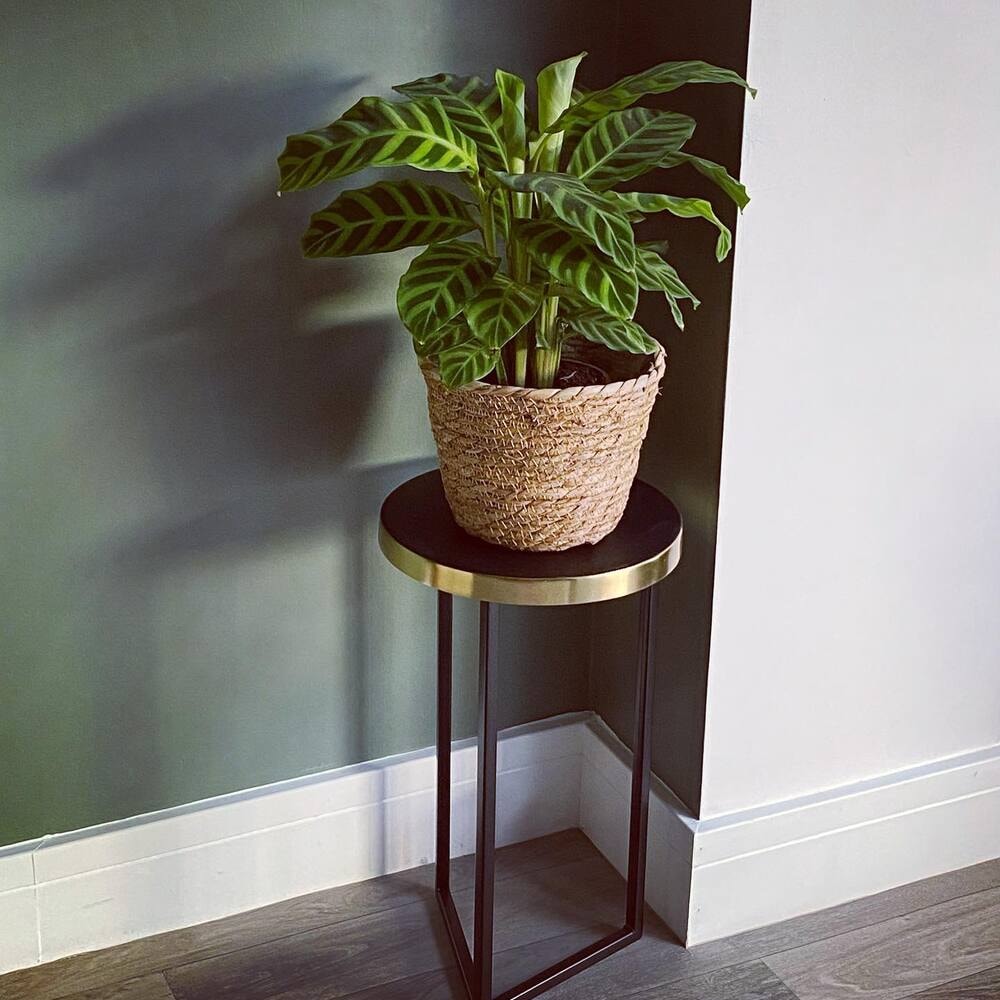
By offering well-draining soil, temperate surroundings, and sufficient humidity - all while shielding it from harsh direct sun - you can ensure this houseplant remains healthy and radiant. If you notice any early signs of leaf curling, brown tips, or stunted stems, adjust your care routine promptly. In doing so, you'll celebrate the very essence of what makes calathea species so cherished - a plant with an unmatched ability to uplift indoor spaces with tropical opulence.

